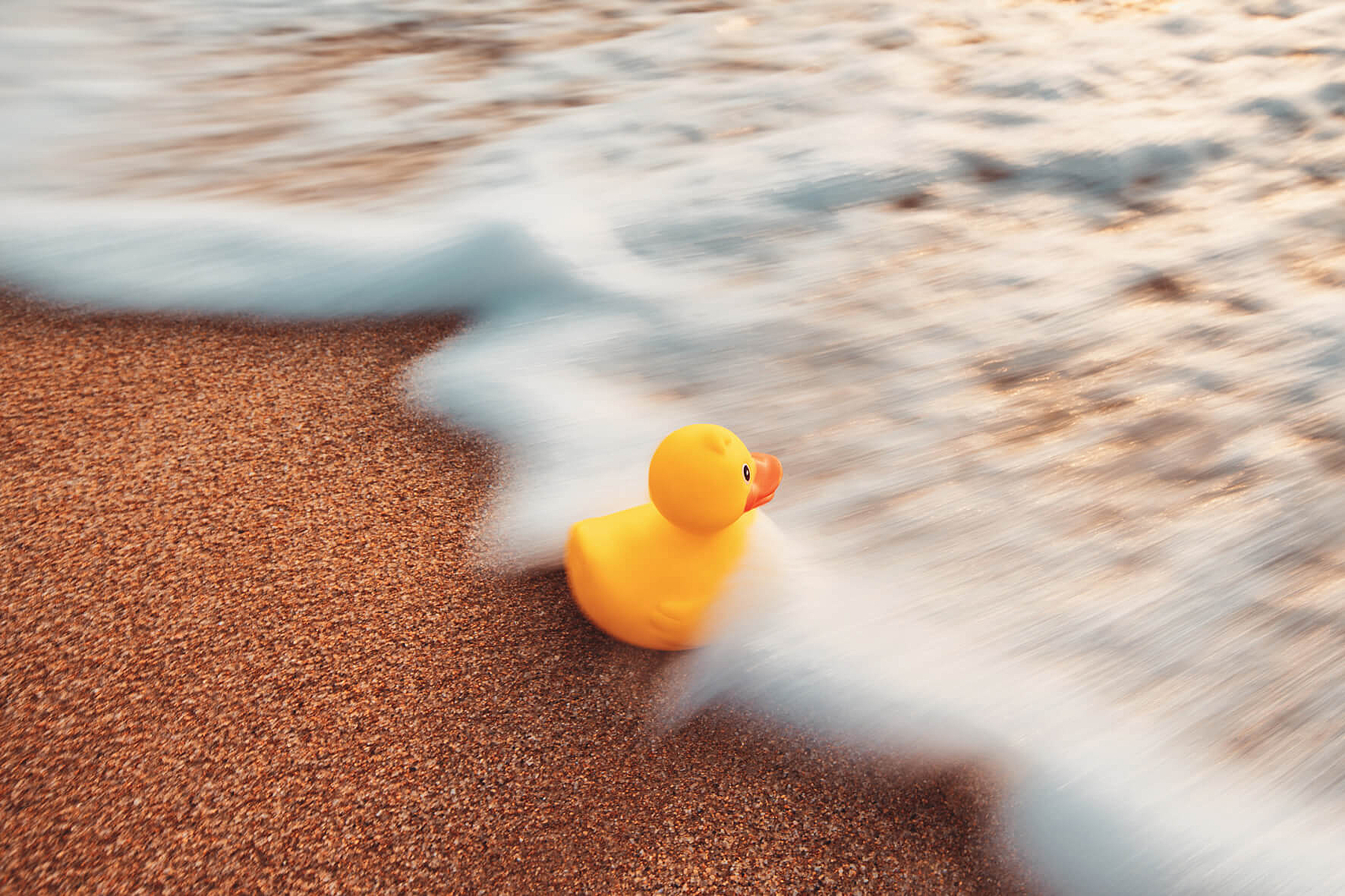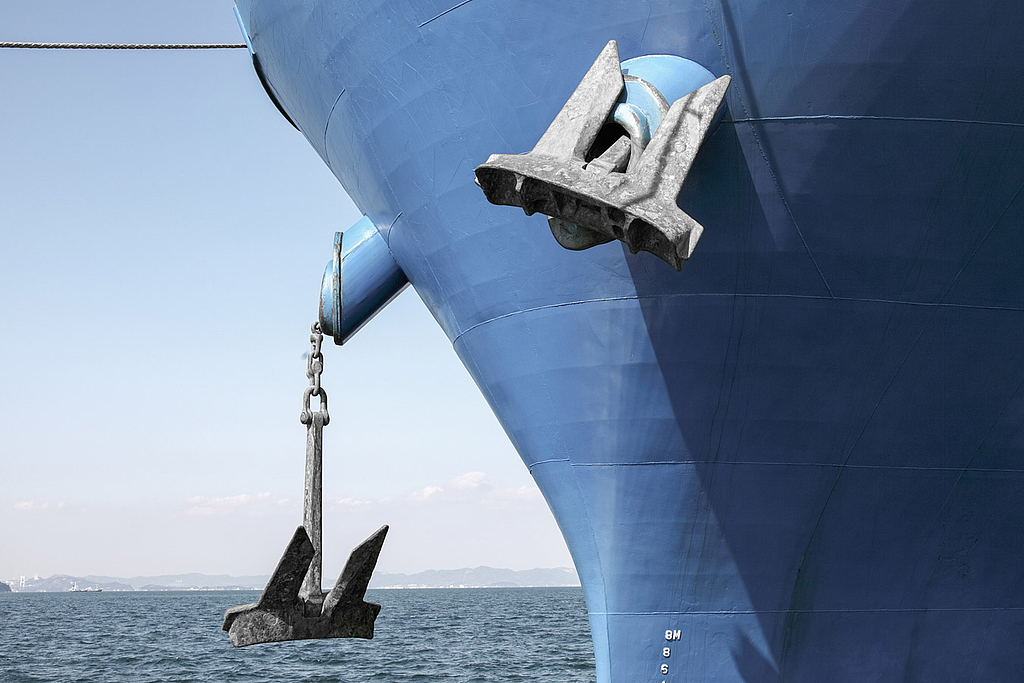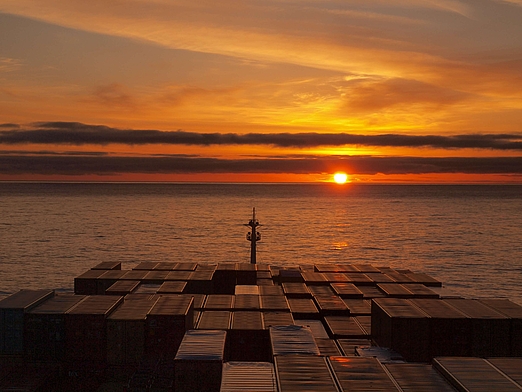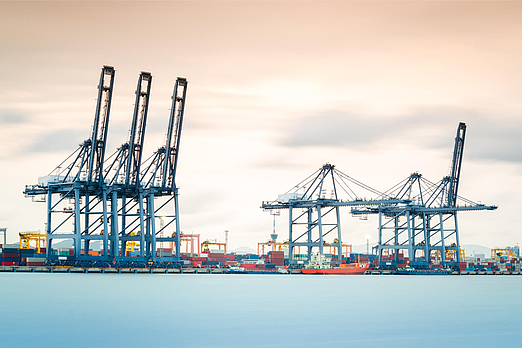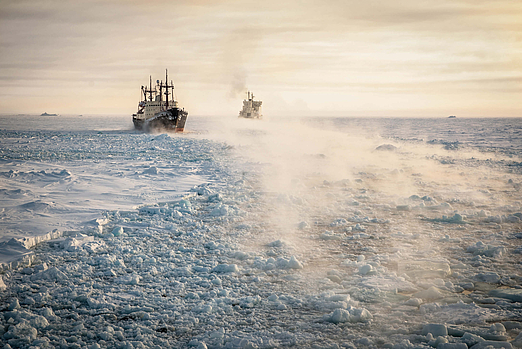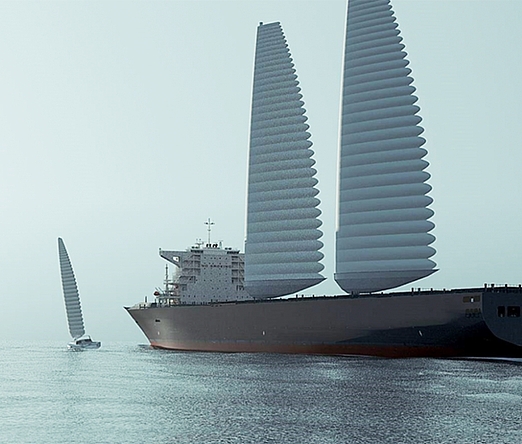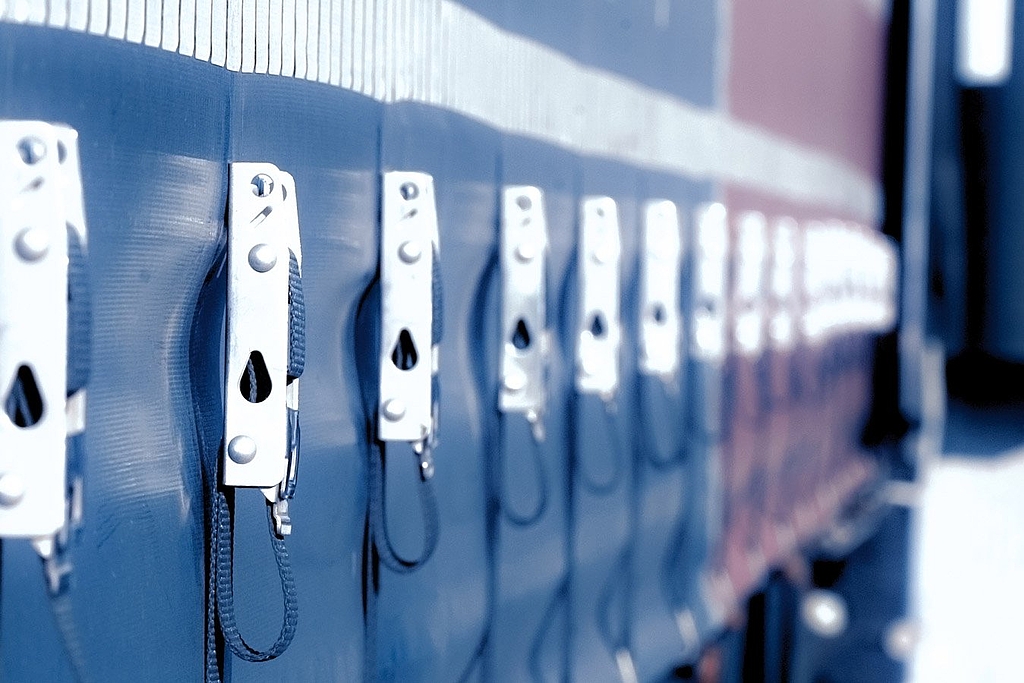Can containers float and where did all those rubber duckies in the ocean come from?
When containers fall overboard
- Insights
More than 80% of goods traded worldwide travel on one of the more than 90,000 cargo ships crisscrossing the world’s oceans. And right at the heart of it all is the container – one of the most important inventions for global trade. It is estimated that there are between 25 and 40 million containers currently in use. A very small number of these will go missing, either out of oversight or due to rough seas. So what happens to those lost containers and what do Lego, running shoes and rubber duckies have to do with it?
